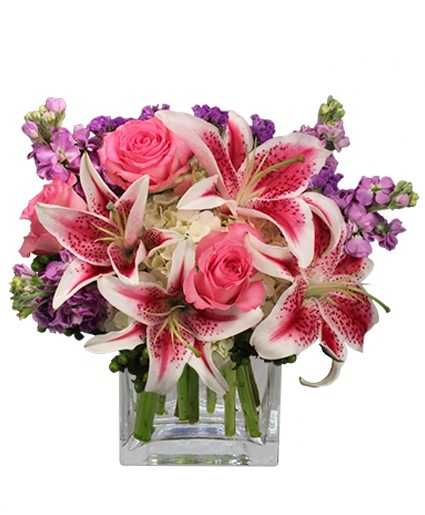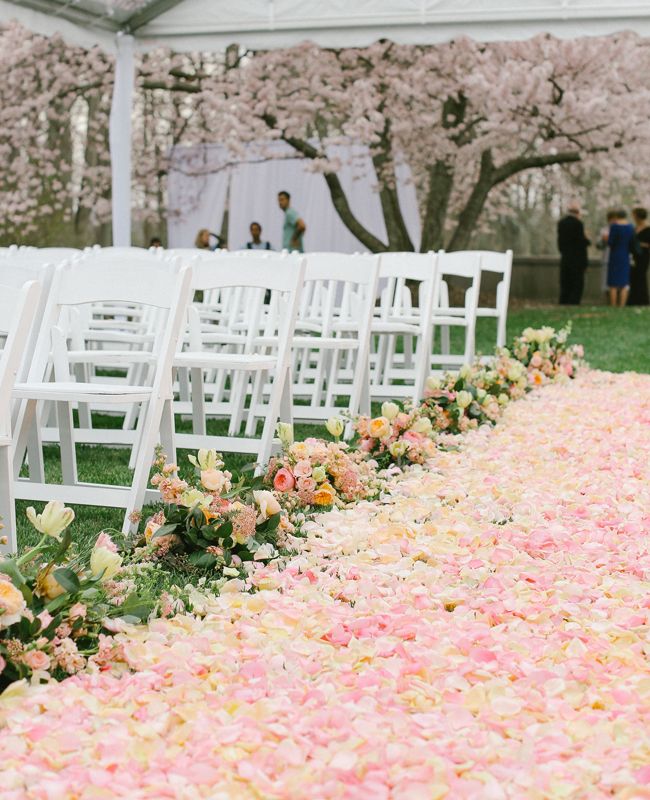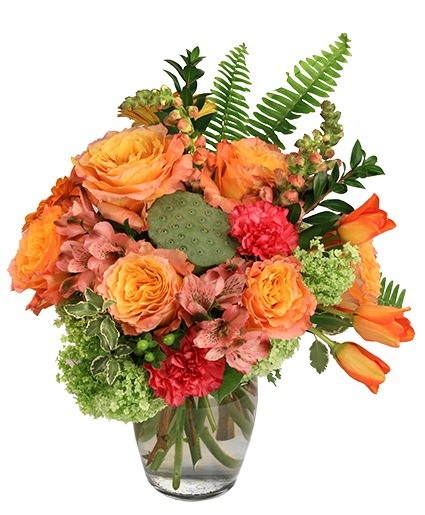The Enduring Allure of the Flower Shop: More Than Just Petals and Stems

For centuries, the flower shop has held a special place in our communities. More than just a place to buy bouquets, it’s a haven of color, fragrance, and sentiment. From the quaint corner florist to the sophisticated urban boutique, the flower shop is a tangible expression of beauty, a facilitator of connection, and a repository of emotions. But what makes these businesses so enduring, and what role do they play in our modern lives? This article delves into the multifaceted world of the flower shop, exploring its history, services, trends, and the passionate individuals who bring floral dreams to life.
A Bloom Through Time: The History of the Flower Shop
The concept of selling flowers dates back to ancient civilizations. Evidence suggests that flowers were traded and used for decorative and ceremonial purposes in ancient Egypt, Greece, and Rome. However, the modern flower shop, as we know it, began to take shape in the 18th and 19th centuries, coinciding with the rise of urbanization and increased accessibility to exotic blooms through global trade.
The Victorian era, in particular, witnessed a surge in the popularity of flower shops. Flowers were imbued with symbolic meaning, and the language of flowers, or "floriography," became a popular form of communication. Bouquets were carefully crafted to convey specific messages of love, friendship, or even regret. Flower shops flourished, catering to the growing demand for floral arrangements for social events, weddings, and expressions of personal sentiment.
The 20th century brought further advancements in flower cultivation and transportation, making a wider variety of flowers available year-round. The introduction of refrigeration and air transport revolutionized the industry, allowing florists to source flowers from around the world and offer customers a diverse selection of blooms.
Today, the flower shop continues to evolve, adapting to changing consumer preferences and embracing new technologies. Online ordering, delivery services, and social media marketing have become essential components of a successful flower shop business.
Beyond the Bouquet: Services Offered by Modern Flower Shops
While the traditional bouquet remains a staple offering, modern flower shops provide a wide range of services to meet diverse customer needs. These include:

Custom Floral Design: Florists work closely with clients to create bespoke arrangements tailored to specific occasions, themes, and personal preferences. This often involves selecting the perfect combination of flowers, colors, and textures to achieve a desired aesthetic.
Wedding and Event Florals: Wedding and event floristry is a significant part of many flower shop businesses. Florists design and create everything from bridal bouquets and boutonnieres to centerpieces, altar arrangements, and venue decorations.
Sympathy Flowers: Flower shops play a vital role in providing sympathy flowers for funerals, memorial services, and expressions of condolences. These arrangements often feature traditional blooms like lilies, roses, and carnations, and are designed to offer comfort and support to grieving families.
Corporate Floral Services: Many flower shops offer corporate floral services, providing weekly flower arrangements for offices, restaurants, and hotels. These arrangements can enhance the ambiance of a space and create a welcoming atmosphere for employees and clients.
Plant Sales: In addition to cut flowers, many flower shops sell potted plants, succulents, and other greenery. These plants offer a longer-lasting alternative to cut flowers and can add a touch of nature to homes and offices.
Gift Baskets and Add-ons: To complement their floral offerings, flower shops often sell gift baskets, chocolates, balloons, and other add-ons. These items can be paired with floral arrangements to create a complete and thoughtful gift package.
Workshops and Classes: Some flower shops offer workshops and classes on floral design, plant care, and other related topics. These classes provide customers with an opportunity to learn new skills, express their creativity, and connect with other flower enthusiasts.

The Art of Arrangement: Trends Shaping the Floral Industry
The floral industry is constantly evolving, with new trends emerging and influencing the way flowers are designed and presented. Some of the current trends shaping the industry include:
Sustainable Floristry: With growing awareness of environmental issues, sustainable floristry is gaining traction. This involves using locally sourced flowers, eco-friendly packaging, and sustainable practices to minimize the environmental impact of floral arrangements.
Natural and Organic Designs: Many customers are opting for natural and organic floral designs that mimic the look of wildflowers and meadows. These arrangements often feature loose, unstructured shapes and a mix of textures and colors.
Dried and Preserved Flowers: Dried and preserved flowers are becoming increasingly popular as a long-lasting and sustainable alternative to fresh flowers. These flowers can be used in a variety of arrangements and decorations and can last for months or even years.
Bold and Unexpected Color Palettes: While traditional floral arrangements often feature soft and pastel colors, many florists are experimenting with bold and unexpected color palettes. This can involve using contrasting colors, vibrant hues, and unusual flower combinations.
Personalized and Experiential Floristry: Customers are increasingly seeking personalized and experiential floral services that go beyond the traditional bouquet. This can involve creating custom flower bars, offering interactive workshops, or providing personalized floral consultations.
The Heart of the Shop: The Florist’s Role
Behind every beautiful arrangement is a skilled and passionate florist. The florist is more than just a flower arranger; they are an artist, a designer, and a communicator. They possess a deep understanding of flowers, their properties, and their symbolic meanings. They have a keen eye for color, texture, and composition, and they are able to translate their clients’ visions into stunning floral creations.
The role of the florist also involves:
Flower Selection and Procurement: Florists are responsible for selecting and sourcing the highest quality flowers from wholesalers, growers, and local farms. They must have a keen eye for freshness, color, and overall quality.
Flower Care and Handling: Proper flower care and handling are essential to ensure that flowers last as long as possible. Florists must know how to hydrate flowers, remove damaged petals, and store flowers properly to maintain their freshness.
Customer Service and Consultation: Florists work closely with customers to understand their needs, preferences, and budget. They provide expert advice on flower selection, arrangement styles, and care tips.
Design and Arrangement: Florists use their artistic skills and technical knowledge to create stunning floral arrangements that meet their clients’ specifications. This involves selecting the right flowers, arranging them in a visually appealing way, and securing them in place.
Business Management: Running a flower shop requires strong business management skills. Florists must manage inventory, track expenses, market their services, and provide excellent customer service.
The Future is Blooming: Challenges and Opportunities for Flower Shops
The flower shop industry faces several challenges in the 21st century, including increased competition from online retailers, rising flower costs, and changing consumer preferences. However, there are also significant opportunities for flower shops to thrive in the modern market.
To succeed, flower shops must:
Embrace Technology: Online ordering, social media marketing, and customer relationship management (CRM) tools are essential for reaching new customers and streamlining operations.
Focus on Customer Experience: Providing exceptional customer service, personalized attention, and unique experiences can help flower shops stand out from the competition.
Offer Sustainable and Ethical Options: As consumers become more environmentally conscious, offering sustainable and ethically sourced flowers can attract new customers and build brand loyalty.
Embrace Creativity and Innovation: Experimenting with new floral designs, offering unique workshops, and collaborating with other businesses can help flower shops stay relevant and exciting.
Build Community Connections: Supporting local growers, participating in community events, and partnering with local businesses can help flower shops build strong relationships and establish a loyal customer base.
The flower shop, with its rich history and enduring appeal, is poised to continue playing a vital role in our communities. By embracing innovation, focusing on customer experience, and adapting to changing trends, flower shops can thrive in the modern market and continue to bring beauty, joy, and connection to our lives.
FAQ: Your Burning Questions About Flower Shops Answered
Q: How do I choose the right flowers for a specific occasion?
- A: Consider the recipient’s personality, the occasion, and the message you want to convey. Consult with your florist for personalized recommendations.
Q: How can I make my cut flowers last longer?
- A: Trim the stems at an angle, remove leaves below the waterline, use flower food, and change the water regularly. Avoid placing flowers in direct sunlight or near sources of heat.
Q: What is the best way to transport flowers?
- A: Keep flowers upright in a container with water, and protect them from extreme temperatures and direct sunlight.
Q: How much should I tip my florist?
- A: Tipping is not always expected, but it is appreciated for exceptional service. A tip of 10-15% is customary for custom arrangements or large orders.
Q: Can I order flowers online and have them delivered locally?
- A: Yes, most flower shops offer online ordering and delivery services. Be sure to check the delivery area and availability before placing your order.
Q: What is the difference between a florist and a floral designer?
- A: While the terms are often used interchangeably, a floral designer typically has more formal training and expertise in creating complex and artistic floral arrangements.
Q: How can I support local flower growers?
- A: Ask your florist if they source flowers from local farms. Look for flower shops that advertise their commitment to supporting local agriculture.
Conclusion: A Timeless Treasure
The flower shop is more than just a place to buy flowers; it’s a cultural institution, a purveyor of beauty, and a facilitator of human connection. It’s a place where emotions are expressed, celebrations are enhanced, and memories are made. As the industry continues to evolve, the flower shop will undoubtedly adapt and innovate, but its fundamental purpose – to bring joy and beauty to our lives through the art of floral design – will remain unchanged. So, the next time you need to express your love, offer your condolences, or simply brighten someone’s day, consider visiting your local flower shop. You’ll be supporting a small business, experiencing the magic of flowers, and contributing to a tradition that has endured for centuries. And who knows, you might just discover a new favorite bloom, a hidden talent for floral design, or a deeper appreciation for the enduring allure of the flower shop.


